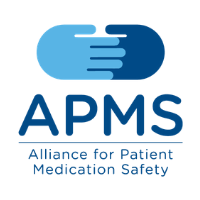Saving cBHT
APC’s official statement on the NASEM report
STATEMENT ON RELEASE BY THE NATIONAL ACADEMIES OF SCIENCE, ENGINEERING, AND MEDICINE OF ITS REPORT, “The Clinical Utility of Compounded Bioidentical Hormone Therapy: A Review of Safety, Effectiveness, and Use”
July 2, 2020
For pharmacy compounders, the release of NASEM’s FDA-funded Compounded Bioidentical Hormone Therapy study feels a lot like the movie Groundhog Day, only without Bill Murray for laughs. Which is to say: We’ve seen this sort of thing before.
Just a few weeks ago, NASEM released the first of two FDA-funded studies, that one focused on compounded pain creams, in which it managed to come up with recommendations that — surprise! — almost perfectly reflected FDA’s stated concerns about compounded pain creams.
Fast forward to today: NASEM’s recommendations on cBHT hew conveniently close to FDA’s stated concerns about cBHT.
It appears FDA has gotten the best validation taxpayer dollars can buy. But that doesn’t mean all of the recommendations about cBHT as a therapy are reasonable or based on a thorough exploration of evidence and outcomes.
APC is still reviewing the report, but a few preliminary points are worth noting:
- The NASEM study committee was populated by esteemed healthcare professionals, but there was not a pharmacist with patient-facing experience, much less a pharmacy compounder, in their number. Neither was there a physician with substantive experience in bioidentical hormone therapy. Likewise, the peer reviewers for the study included few compounders — but did include one former FDA employee (and current FDA contractor) who is a long-time, well-known opponent of pharmacy compounding.
- Although compounded drugs are exempt from the new drug approval process because they are prepared to meet individual patient needs, the foundation of NASEM’s analysis seems to focus on the absence of new-drug-caliber studies of compounded meds. The report makes an illogical leap by effectively deeming cBHT unsafe unless it can mirror drug manufacturing in terms of safety and effectiveness data, labeling, AE reporting, pharmacokinetic data, and scale of clinical trials.
- NASEM said it based its recommendations in large part on a review of literature, but identifies only 13 studies as having, in the judgment of the committee, suitable “rigor and relevance” — these, out of literally hundreds of studies out there, not to mention abundant patient outcomes data that could and should have been considered and weighed.
- The report calls for restricting use of cBHT to patients with allergies to FDA-approved drugs, despite the fact that many FDA-approved therapies may not meet the dosing needs of patients — a point not addressed by the report’s recommendations.
- The recommendations seem to suggest that a prescriber’s medical judgment and a patient’s preferences should play no role in determining a proper course of treatment — a stunning assertion that is applied to no other aspect of medicine or pharmacy care. Women’s needs are much more complex than the cookie-cutter approach offered by current FDA-approved drugs. Individualized therapy is the result of a balanced approach between prescriber, patient and pharmacist assessing each patient’s unique needs.
- The NASEM study seems to suggest that states that do not adopt USP <795> and <797> chapters in whole, without question or amendment, are somehow under-regulating compounders, yet it provides no evidence of patient harm that has resulted in states that adhere to different standards.
- The report cites concerns over bioavailability. However, many compounders or prescribers perform saliva or serum testing to confirm cBHT is appropriate therapy. Yet how many prescribers routinely check levels of FDA-approved products?
- The report sends mixed messages. Individualized therapy is a part of FDA’s newly established goal of creating personalized therapies to target each patient. Factors such as age, weight, genetics, past medical history all contribute to appropriate treatment and dosage selection. Yet these NASEM recommendations seem to assert that FDA-approved drugs are always superior to compounded therapies.
That’s not to say that NASEM gets everything wrong in its report.
We certainly agree that more studies are needed, and we think federal and state resources should be involved in funding them.
We agree that prescribers and compounders should never make claims about the safety, efficacy, or superiority of compounded therapies in comparison to FDA-approved drugs — and we support stringent enforcement action against any who do make such unsubstantiated claims.
We believe better patient education about cBHT should be a priority, and we are open to discussion on greater standardization in labeling requirements for cBHT drugs — understanding that labelling for cBHT is nuanced because of the variety of dosages, among other things.
We also agree that prescriber and compounder financial conflicts of interest should be disclosed.
Lastly, we believe there’s room for a robust conversation about enhanced adverse events reporting, but we emphasize the need for conversation, not for FDA to arbitrarily mandate a reporting protocol.
Said APC President Shawn Hodges of Innovation Compounding, Kennesaw, Georgia:
“The purpose of pharmacy compounding is to offer therapies that are not available from a traditional manufacturer. Our role is to help patients whose needs are not met by commercially available medications. Compounding is an art — It’s a drug made for the patient, not the masses. In the context of women’s health, pharmacists for decades have safely compounded specific strengths and dosage forms of hormones to meet each patient’s individual needs. While it’s impossible to conduct extensive drug studies for every possible combination of hormones, there is data beyond what NASEM shared today that substantiates the clinical rationale for use. This is evident by the overwhelmingly positive outcomes that our female patients share with our pharmacists every day.”
As FDA takes up these NASEM recommendations — preordained though they were — APC will be working to gather data to provide FDA a more balanced perspective on cBHT therapy. We’d be delighted to engage with the agency in a discussion that helps assure both patient safety, as well as continued patient access, when it comes to cBHT.
APC has appointed a special task force to analyze the report and develop a plan for documenting cBHT effectiveness. That group is expected to report to the APC Board of Directors in September.
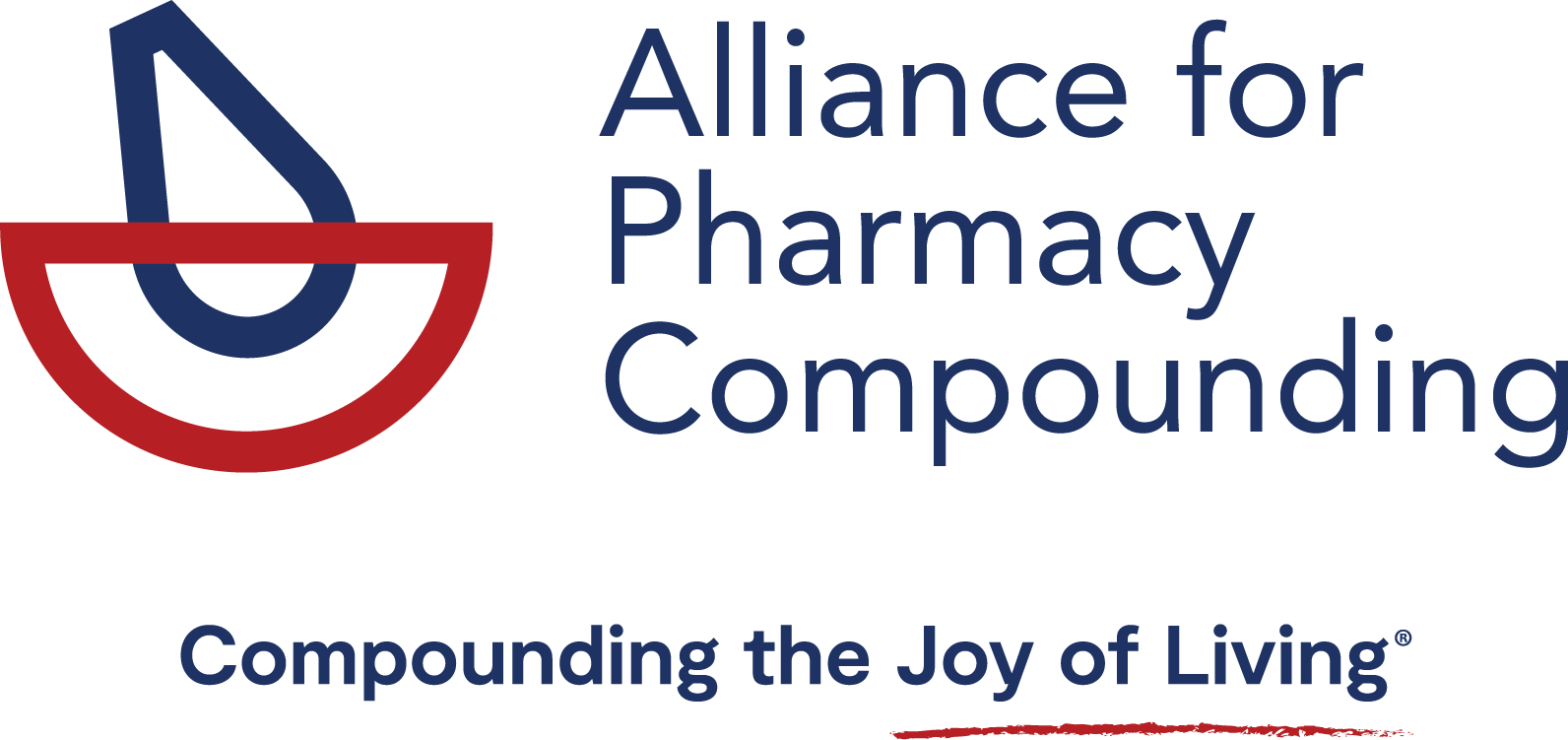


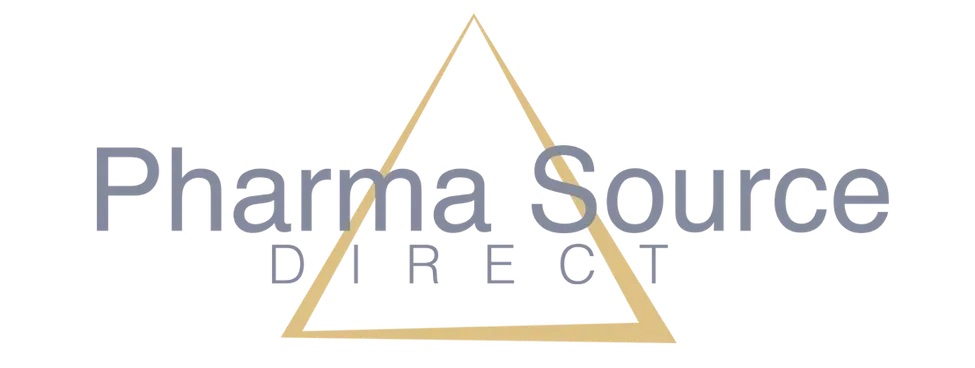




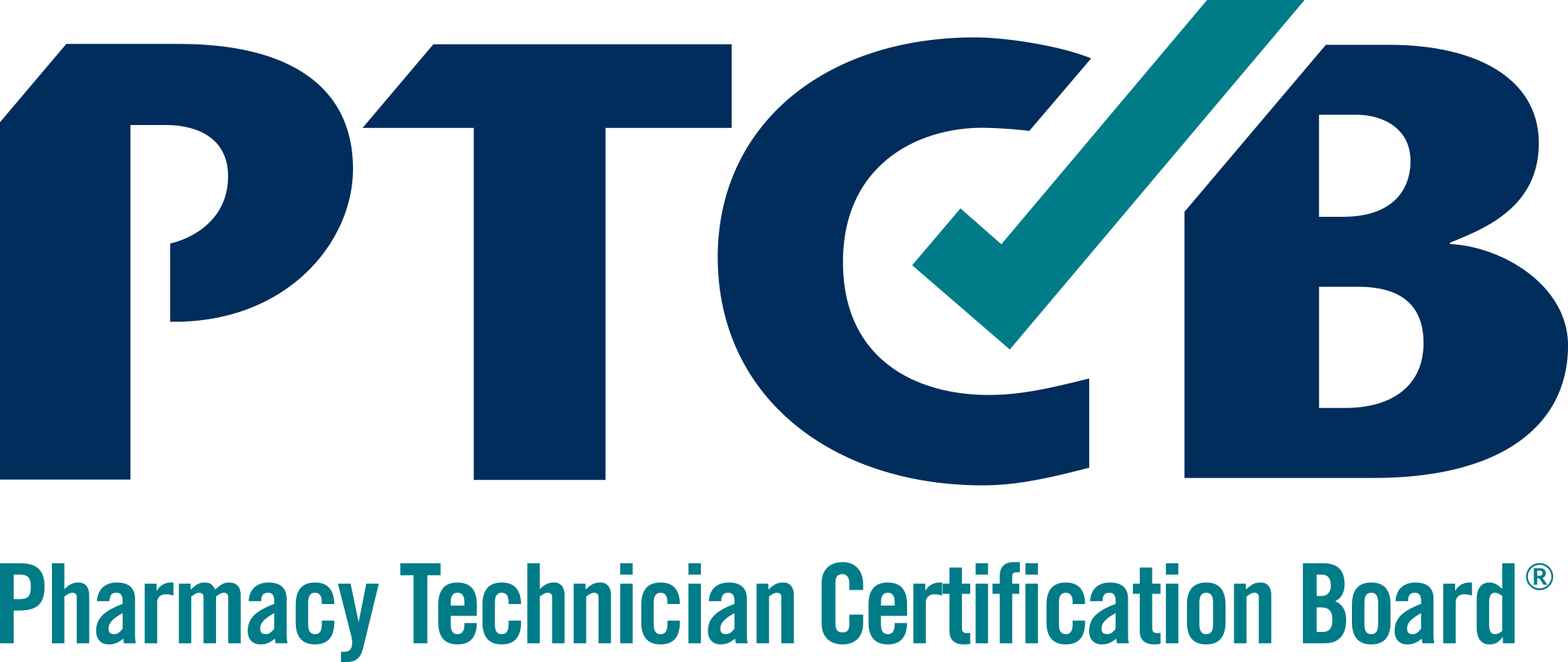






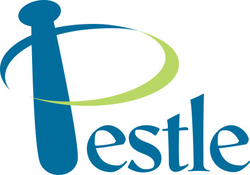


![Topi-CLICK a Division of TEAM Outlines[1]](https://a4pc.org/files/Topi-CLICK-a-Division-of-TEAM-Outlines1.png)





